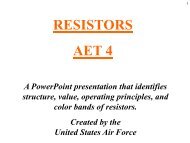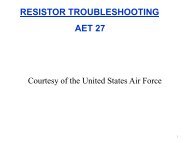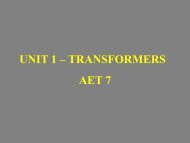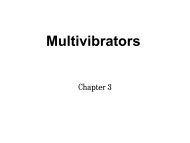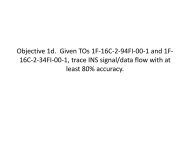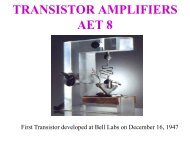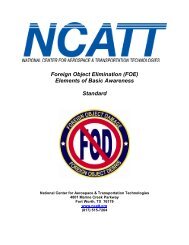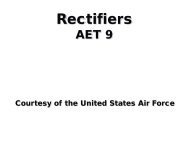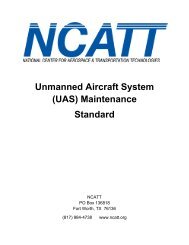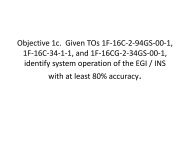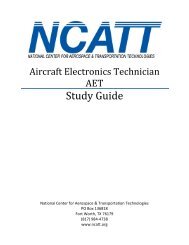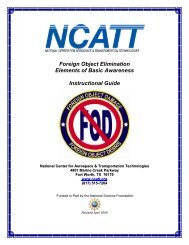(AET) Study Guide - NCATT
(AET) Study Guide - NCATT
(AET) Study Guide - NCATT
- No tags were found...
Create successful ePaper yourself
Turn your PDF publications into a flip-book with our unique Google optimized e-Paper software.
Page 33 of 51• Consult manuals for guidance when installing and maintaining aircraft systems andcomponents. Select the most appropriate way to install or maintain the component.• Use information in manuals to correct unsafe conditions found in/on aircraft.• Consult aircraft specifications and standards to determine engine type design andlimitations, as well as other important information.• Other documents to consult are listed below:o Consult FAA Airworthiness Directives (ADs) for unsafe conditions found in aircraftengines, propellers, or appliances. These directives also provide the timeframe forcompliance. A summary of ADs is published every two years.o Consult FAA document, AC 43.13-1B/2A, if no maintenance manual exists formaintaining an aircraft.o Consult Federal Aviation Regulation 14 CFR Part 43 for regulatory requirementsconcerning Maintenance, Preventive Maintenance, Rebuilding, and Alterations.o Consult Federal Aviation Regulation 14 CFR Part 65 for regulatory requirements forcertified airmen (mechanic and repairman) privileges and limitations.Interpretation Notes: Check the Table of Contents. Check the index for subjects and details.Read the title of the chapter and headings for the main idea. Break down the whole into parts.Refer to the symbols in the legend or key on a drawing or document. Read the labels and calloutson a drawing. Scan a drawing or document to quickly find information. Compare with other typesof information to see relationships. Locate terms in the glossary or an aeronautical dictionary.Search the document online or on a CD or DVD, if available.17. Technical Publications <strong>NCATT</strong> Training Standard Level (A)(b) Interpret Technical DataObjective:Identify basic facts and terms about interpreting technical data.Content – Interpret Technical Data:Examples of technical data include manufacturer’s service bulletins, service letters, and serviceinstructions to notify aircraft owners of design defects and product improvements. Explain how tointerpret technical data with reference to the following terms:• Diagram Information:o Schematic Diagrams—Show an electrical or fluid power system. The components arerepresented by symbols rather than drawings or pictures of the actual devices.Schematic Diagrams do not necessarily show the locations of a system. Thesediagrams are used mainly for troubleshooting.o Block Diagrams—Shows functional units represented by blocks. Each blockdescribes a function of a system and shows its relationship to other units in thesystem. The energy flow direction, or association, within the system is shown witharrows. Block diagrams are high level diagrams used for troubleshooting or teachinga process.o Installation Diagrams—Show a picture of aircraft systems, devices, and components.Each component relevant to a particular aircraft system is identified and located bycallouts. Installation diagrams are used for aircraft maintenance and repair.o Wiring Diagrams—See Technical Publications/Wiring Diagrams.Copyright © 2008 by the National Center for Aircraft Technician Training. All rights reserved.Individuals may download, print, and make copies of this documentfor their own personal use. Commercial use prohibited.



